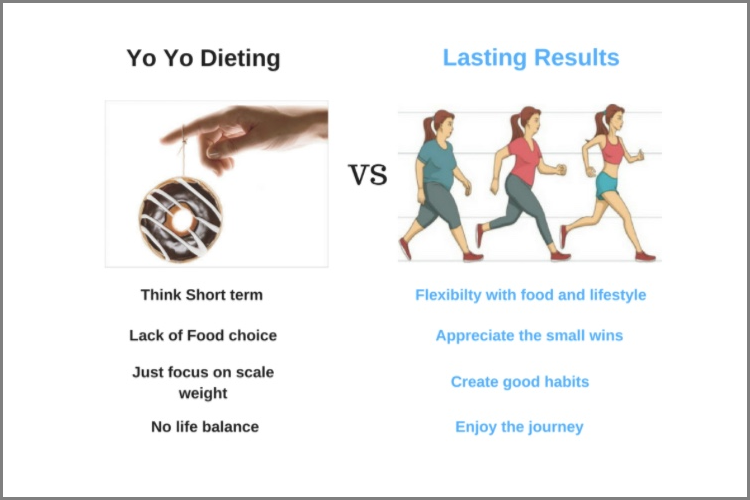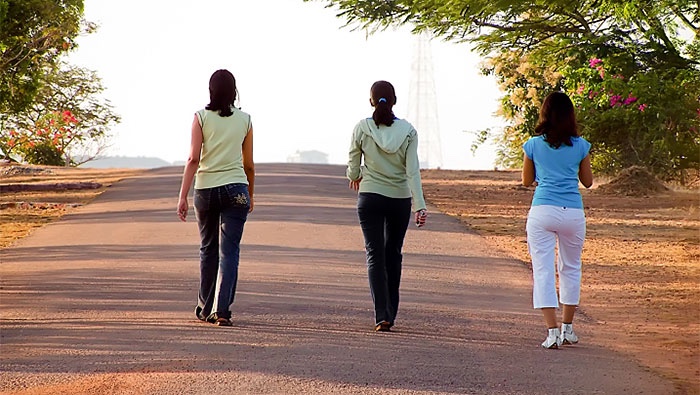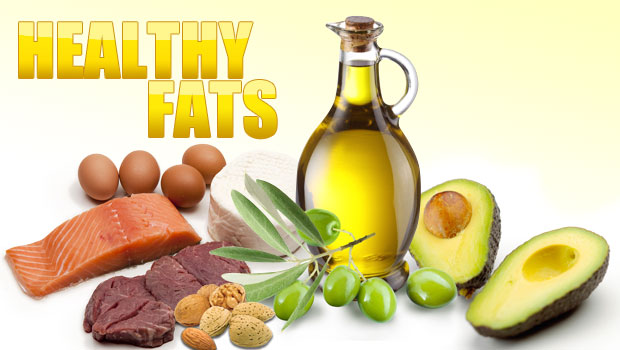Significance Of Wheat, Gluten Intolerance, Celiac Disease And Wheat Allergy!
Understanding The Significance of Wheat And The Conditions It Can Cause!
Wheat is the second largest cultivated cereal crop of the world, next only to maize.
Wheat is the second largest staple food of the world population, next only to rice.
The wheat crop cultivation covers more land than any other cereal in the world.
Its turnover in the world market is larger than that of all other cereals put together.
The wheat grain has 71% carbohydrates, 13% proteins, fibre, some B vitamins, folate, Vitamins E, some minerals, phytochemicals, antioxidants and some good fatty acids.
The carbohydrates in the whole wheat grain are majorly healthy complex carbohydrates viz. starch and fibre and some sugars.
Wheat (chapati / roti) when combined with pulses (varan / amti / dal / usal) provide us with most of the good quality proteins in a vegetarian diet.
Wheat provides us with 327 calories per hundred gm.
Thus wheat is a very important source of calories, carbohydrates, proteins, small amounts of healthy fats, vitamins and minerals for a large proportion of the world population.
Wheat chapatis or roti are the main ingredient of regular meals for most Indians.
A small percentage of people in the world find it difficult to tolerate wheat, but this shouldn’t stop most of the world population from consuming the second most significant staple food of the world!
***
Wheat protein:
Wheat protein is majorly composed of gluten, constituting 75 to 80 per cent of the wheat protein.
Gluten is also found in two other cereals viz. barley and rye. Of three gluten containing cereals, wheat is the most commonly consumed cereal in India, along with rice.
Gluten is a complex mixture of majorly two proteins viz. gliadins and glutenins.
Gliadins are proteins made up of single molecules. They are soluble in alcohol and their presence makes the dough more stretchable.
Glutenins are proteins made up of multiple molecules linked together. Their presence is responsible for the elasticity and strength of the dough.
When water is added to flour and the mixture is kneaded, gliadins and glutenins interact to form a network of gluten, giving the dough its elastic and chewy texture. This gluten network traps gases produced by yeast during fermentation, allowing the dough to rise and giving baked goods their structure.
***
Gluten intolerance:
A few people in the world experience digestive problems like bloating, abdominal pain, diarrhoea or constipation and gases on consuming wheat. They may also experience fatigue, headaches, brain fog, joint pain, numbness, tingling, skin complaints and weight fluctuations, on consuming wheat, barley or rye.
These could be signs and symptoms of gluten intolerance, also known as non-celiac gluten sensitivity.
It is difficult to determine the true prevalence of gluten intolerance since there are no specific biomarkers for diagnosing it.
Most estimates are based on self-reported symptoms or exclusion diets.
Various studies in different population groups place the prevalence of gluten intolerance between 0.5% to 6%.
But it is likely that it is increasing due to increasing gluten content of wheat crop to improve the crop resistance and the texture and shelf life of baked wheat products and a combination of genetic, environmental, and lifestyle factors.
***
Celiac Disease:
This is an autoimmune disorder that affects about 1% of the population.
It is an autoimmune disorder that primarily affects the small intestine. It is triggered when people with celiac disease consumes gluten, their immune system reacts by damaging the lining of the small intestine, leading to poor absorption of nutrients and a range of symptoms similar to those of gluten intolerance.
Damage to the small intestinal lining that is seen in Celiac Disease is not seen in gluten intolerance.
So Celiac Disease causes multiple nutritional deficiencies, which are not seen in gluten intolerance.
Unlike gluten intolerance, Celiac disease has very specific biomarkers. It is diagnosed through following tests:
Blood tests: Screening for specific antibodies, such as tissue transglutaminase antibodies (tTG-IgA).
Endoscopy and biopsy: A sample from the small intestine is taken to confirm damage to the intestinal lining.
People with Celiac Disease must completely exclude gluten from their food to prevent damage to their intestines and other health issues.
Complete exclusion of gluten from food is the only treatment of the Celiac Disease. Total abstinence from gluten containing cereals allows the intestines to heal in time.
***
Wheat Allergy:
This is an allergic reaction to proteins found in wheat, including but not limited to gluten, and affects a smaller percentage of the population, typically 0.2% to 0.5%.
Wheat allergy is an allergic reaction to wheat proteins, it does not include barley and rye.
Wheat allergy involves the immune system mistakenly identifying wheat proteins, not necessarily only gluten, as harmful, triggering allergic symptoms.
It can trigger skin reactions like hives, rashes, swellings; digestive symptoms like nausea, vomiting, painful cramps; respiratory symptoms like nasal congestion, sneezing and dyspnea or difficulty in breathing.
It can also cause anaphylaxis, a severe, potentially life threatening medical emergency that causes swelling of the throat, difficulty breathing, rapid heartbeat, and a drop in blood pressure. It requires immediate medical attention.
***
People who do not have any of these conditions, can safely continue to consume wheat!
Please also read ‘Wheat Is A Healthy Cereal’ on this website.










